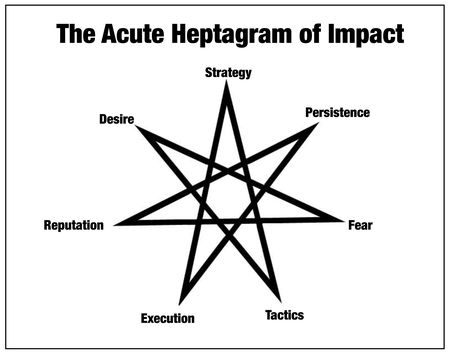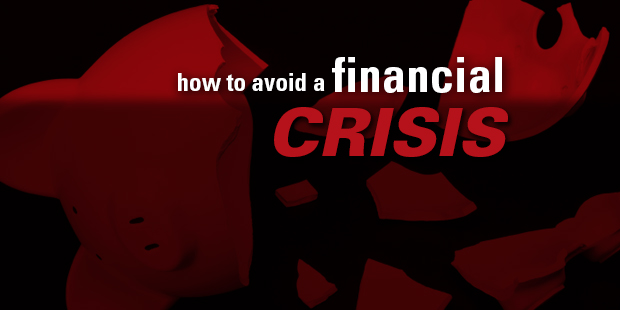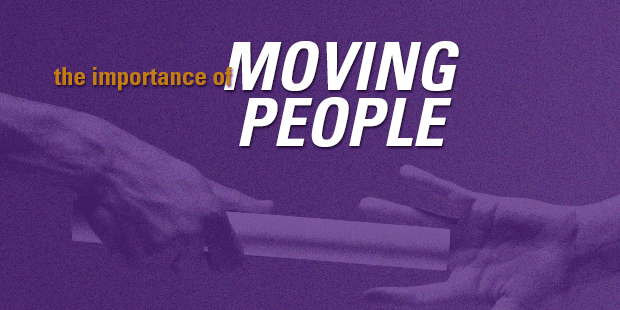Leading small is a big deal.
When churches (or other organizations) are new and small, we tend to lead small. I’m not talking about having a small vision or a small heart. Leading small is about how we interact with people to prepare them to lead in the church. Leading small is interpersonal and dialogical. Leading small is an act of discipleship. The leader who leads small asks questions like,
- “Is he operating in his gifts?”
- “How can we help him actualize his potential?”
- “Is she demonstrating concern and patience with her team as she keeps them aligned to our mission?”
- “Does he inculcate our values in the way he relates to people?”
Leading small happens on the front lines, in the moment, at a breakfast table and in the afterglow of serving. It seldom happens 9 to 5.
The church needs leaders who can lead large too. Leading large serves the entire organization at once. Leading large is about vision, values, plans, processes and resources. Leading large is a team function, but usually it’s a strategic team having animated conversations about the preferred future in a boardroom. Charts and graphs give way to carefully crafted communication strategies. Leading large creates big plans, and that’s not bad in itself, but it is bad by itself.
Here’s a word of prophecy. If you only lead large, I see a sinkhole in your future. Whatever it is that you are leading is about to cave in.
Problems arise when you lead large to the neglect of leading small. You have plans, but you don’t have prepared people. When your plans outdo the people who are prepared to carry out your plans, you are just writing music that no one can play. If you are constantly trying to find a leader to carry out your plans, you better listen for the sinkhole warning blaring in your ears.
Notice the contrast in these two types of leadership.
Leading Large vs. Leading Small
Making Plans vs. Preparing People
In the future vs. In the moment
In the boardroom vs. At the breakfast table
Professional vs. Interpersonal
Presentation (One way) vs. Conversation (Dialogue)
With the Crowd in Mind vs. With the Person in Mind
Leading small is essential to building healthy congregations. The leader who leads small will continually build an army of people who are equipped for the mission at hand; he will prepare that army through meaningful, personal encounters. Leading small will keep the leader engaged with people. Leading small will create a multiplying culture for disciple making and leadership development. Leading small will help you remember that it’s about people—who give glory to God.
By all means, lead large. Dream great dreams and cast big visions. Get the best thinkers in the room. Push through to clarity about who God made your church to become and map out a credible strategy to make disciples. By all means, do the hard work of leading large.
But for heaven’s sake, don’t neglect leading small. Make sure every leader at every level is face to face with a few people, on their knees with future leaders, at the breakfast table, answering questions, recasting the vision and building the army of saints who will carry out the mission.

Tags: Bruce Wesley, Leadership Development, Leadership Engine
|
What is MyVisionRoom? > | Back to Leadership >
































